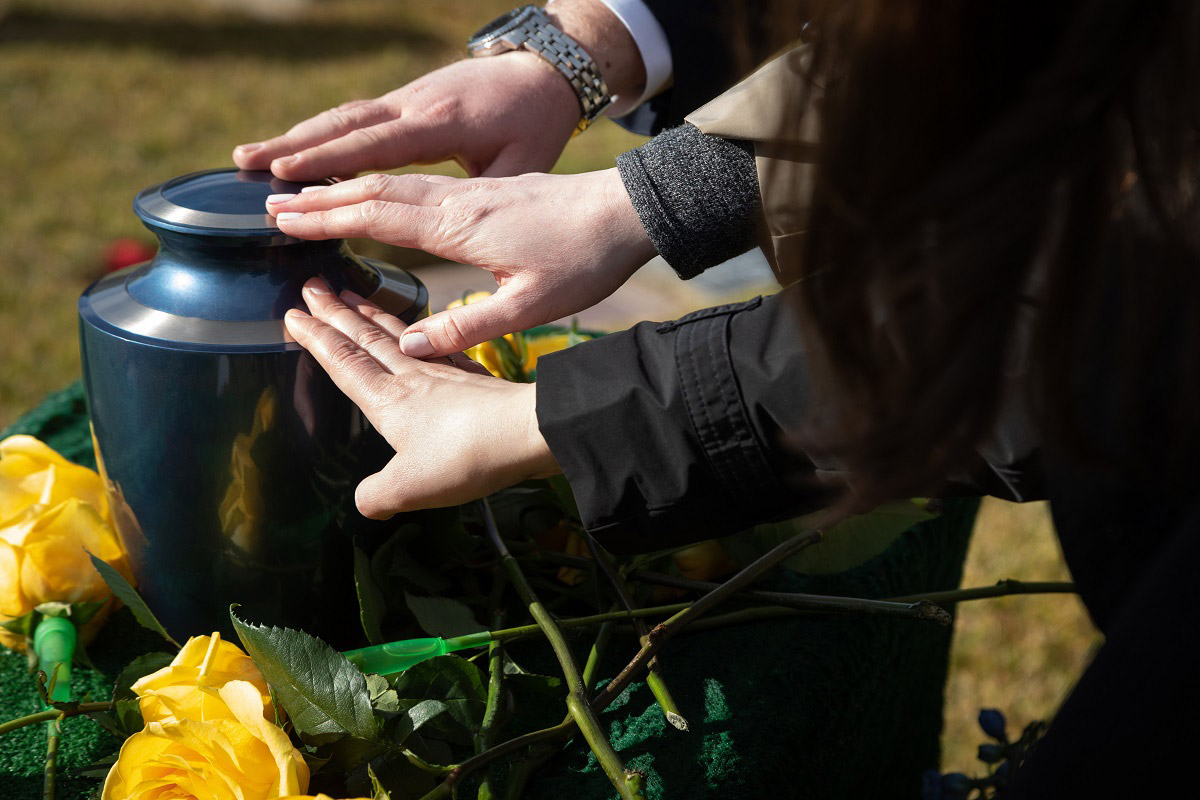Understanding Cremation in the United States
Cremation, once a less common choice for final arrangements in the United States, has seen a significant rise in popularity over the past few decades. This shift reflects deeper changes in societal attitudes, religious beliefs, and economic considerations. This article explores the factors driving the increase in cremation rates, its implications, and how it compares to traditional burial practices.
The Rise of Cremation
Statistics from the National Funeral Directors Association (NFDA) indicate that the cremation rate in the United States has steadily increased, surpassing burials as the more popular choice. As of recent years, more than half of those who pass away are now cremated. This trend is anticipated to grow, with projections suggesting that the cremation rate could reach nearly 80% by 2040.
Factors Influencing the Popularity of Cremation
Several key factors contribute to the growing preference for cremation over burial:
1. Cost-Effectiveness
Cremation typically offers a more economical option compared to traditional burials. The costs of a casket, burial plot, and headstone can significantly add up, making cremation a financially practical alternative for many families.
2. Flexibility
Cremation provides flexibility in how and when memorial services are held. Families can choose to hold a memorial at their convenience and are not bound to the immediate timing that a burial might necessitate.
3. Environmental Concerns
There is an increasing awareness of the environmental impact of traditional burials, which often involve embalming chemicals and the use of land for burial plots. Cremation is seen by some as a more eco-friendly option, though it too has its environmental impacts, particularly in terms of emissions.
4. Changing Religious and Social Attitudes
Religious prohibitions against cremation have relaxed in many communities, allowing more people to consider this option. Additionally, as society becomes more secular, traditional burial practices are less strictly adhered to.
5. Mobility of Society
In a nation where people may live far from where they were born, cremation allows for easier transport and handling of remains, accommodating a more mobile society.
Implications of the Shift to Cremation
The preference for cremation has several implications:
- Funeral Industry: The funeral industry has had to adapt to this shift, with many funeral homes now offering cremation services and providing families with various options for urns, scattering services, and memorial products.
- Memorialization: The ways in which people choose to memorialize their loved ones are evolving. From scattering ashes in meaningful locations to housing them in decorative urns, and even incorporating ashes into jewelry or art, the options are expanding.
- Legal and Ethical Considerations: The increase in cremation has led to new legal and ethical questions, particularly concerning the handling and disposition of ashes, which are addressed differently by various states.
Cremation vs. Burial: A Continuing Debate
While cremation is on the rise, traditional burial remains a significant practice, deeply rooted in cultural, religious, and personal beliefs. Each method has its proponents and critics, and the choice often depends on a range of personal, familial, and financial factors.
Conclusion
The rising trend of cremation in the United States mirrors changes in economic, social, and cultural dimensions of American life. As preferences continue to evolve, the landscape of end-of-life options will likely continue to change, reflecting broader trends in society’s values and norms. Whether choosing cremation or burial, the decision is deeply personal and requires thoughtful consideration of a host of factors.



